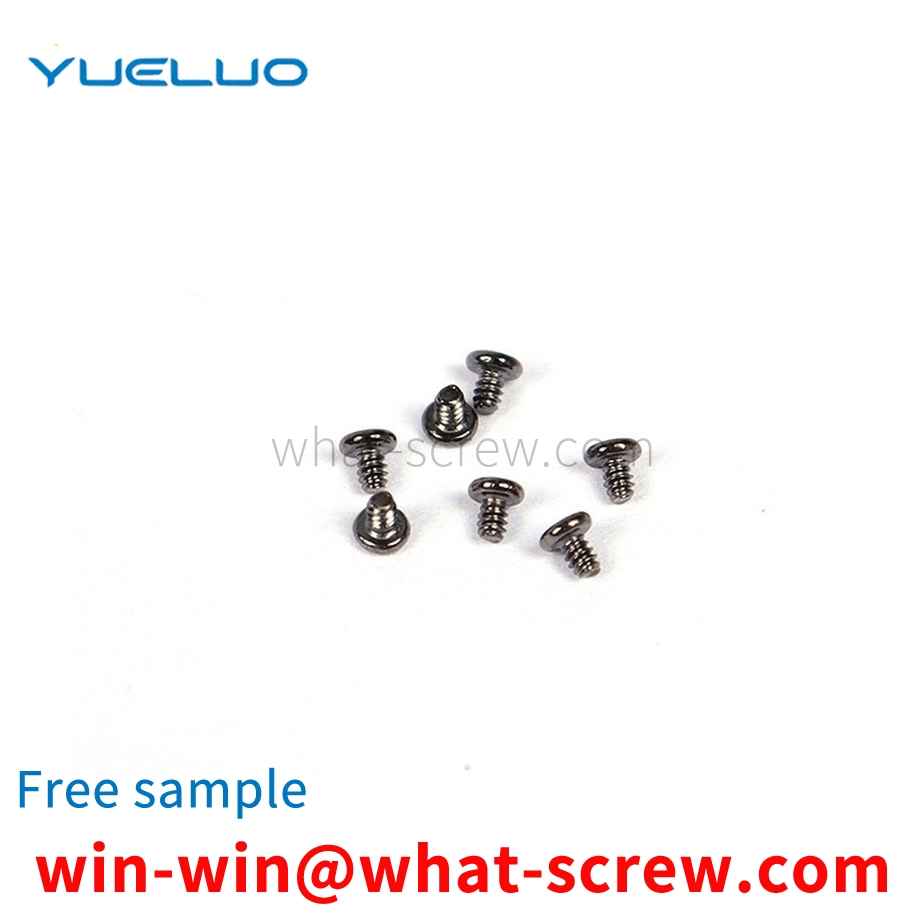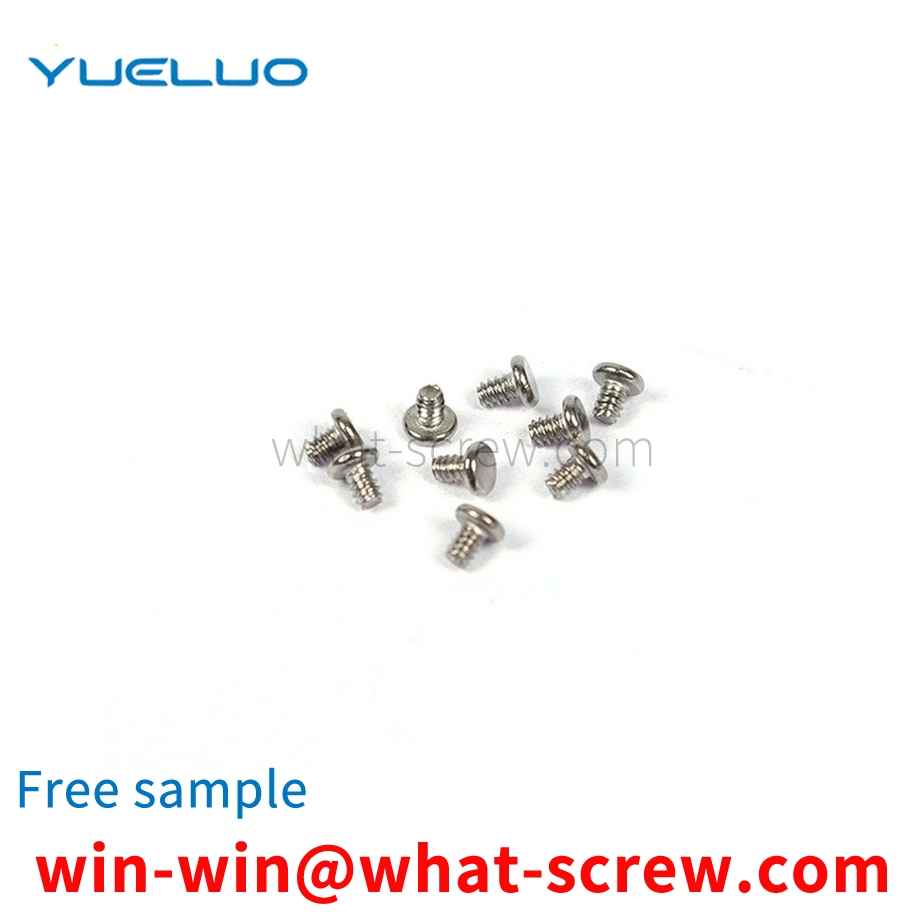Surface treatment process of screws 1. Types of surface treatment: Surface treatment is the process of forming a covering layer on the surface of the workpiece by a certain method. The purpose is to give the surface of the product a beautiful and anti-corrosion effect. The following methods are as follows: 1. Electroplating: Immerse the part to be electroplated in an aqueous solution containing the metal compound to be deposited, and pass the current through the plating solution to precipitate and deposit the electroplated metal on the part. Generally, electroplating includes galvanized, copper, nickel, chromium, copper-nickel alloy, etc., and sometimes blackening (blue), phosphating, etc. are also included. 2. Hot-dip galvanizing: It is done by immersing the carbon steel parts in a zinc-melting bath with a temperature of about 510°C. The result is that the iron-zinc alloy on the surface of the steel gradually becomes passive zinc on the outer surface of the product. Hot dip aluminizing is a similar process. 3. Mechanical plating: The surface of the product is impacted by the particles of the plated metal, and the coating is cold welded to the surface of the product.
Screw model Drive Code: groove on the head, characteristic model Length Code: screw length (mm) A-1: Thread Code: screw model Metric screws directly indicate the screw model with the outer diameter of the screw, such as M3, the outer diameter of the screw is 3.00mm. ; M4 means the outer diameter of the screw is 4.00mm. Metric Thread Size x Pitch: Note: The metric screw is behind the screw model, and sometimes the screw pitch is indicated. Such as M3x0.5, M4x0.70, M5x0.8, M6x1. Standard specification, usually not mentioned. A-2: Length Code: Screw length: For metric screws, the screw length is directly marked in mm. The total length of the screw is marked, only the length below the head is calculated, excluding the head height. But With the exception of flat head screws, the total length of the screw is marked with the head height. A-3: Drive Code/ Head Groove, Features.
Various stainless steel materials have different properties due to their different material contents, so the corrosion resistance is also different. The following is a brief explanation of several commonly used materials: 304 is a universal stainless steel, which is widely used in the production of good requirements. Equipment and components with comprehensive properties (corrosion resistance and formability). 301 stainless steel exhibits obvious work hardening phenomenon during deformation, and is used in various occasions requiring higher strength. 302 stainless steel is essentially a variant of 304 stainless steel with higher carbon content, which can obtain higher strength by cold rolling. 302B is a kind of stainless steel with high silicon content, which has high resistance to high temperature oxidation. 303 and 303Se are free-cutting stainless steels containing sulfur and selenium, respectively, and are used in applications where free-cutting and high surface finish are mainly required. 303Se stainless steel is also used to make parts that require hot upsetting, because under these conditions, this stainless steel has good hot workability. 304L is a lower carbon variant of 304 stainless steel used where welding is required. The lower carbon content minimizes carbide precipitation in the heat-affected zone near the weld, which can lead to intergranular corrosion (weld erosion) of stainless steel in some environments. 304N is a nitrogen-containing stainless steel, and nitrogen is added to increase the strength of the steel. 316 (18Cr-12Ni-2.5Mo) material: due to the addition of Mo, its corrosion resistance, atmospheric corrosion resistance and high temperature strength are particularly good, and can be used under harsh conditions; excellent work hardening (non-magnetic).
Cabinets are one of the must-have furniture in home improvement homes. They are extremely useful. Various cabinets may be used in kitchens, bathrooms, bedrooms, living rooms, and even balconies. The traditional cabinets are assembled in advance and then placed in the appropriate position, which is very inconvenient to transport. Currently, the commonly used cabinets are spliced together with plates and hardware accessories. During production and transportation, the plates and hardware accessories are independent. For production, processing and transportation, after it is sent to the destination, it is assembled with the plates by screws and other hardware accessories to form the entire cabinet structure. The current cabinet installation structure usually exposes some hardware accessories such as screws on the outside or inside of the cabinet, which not only affects the overall aesthetics, but also scratches the items during use, which affects the use effect. Some designs allow a plastic fastener to be fastened on the outside of hardware accessories (mainly screws). Although it can alleviate the above problems to a certain extent, it still does not fundamentally solve the problem, and the integrity is still not good.
concealed screw fastener includes a washer, a screw and a shield, one end of the screw is provided with an end cap, the screw penetrates the washer and the end cap is supported on the washer, and the shield covers the end of the screw The cap is peripheral and connected to the gasket. When in use, firstly pass the screw through the washer and then drive it into the screw hole of the connected piece, and then cover the shield on the outer circumference of the end cap of the screw and connect it with the washer.
We have many years of experience in the production and sales of screws, nuts, flat washers, etc. The main products are: U-shaped pipe clamp screws, hexagonal wood screws, extended screw with coils, inspection tool screws and other products, we can provide you with suitable tightening screws for you. Firmware Solutions.



















 Service Hotline
Service Hotline




